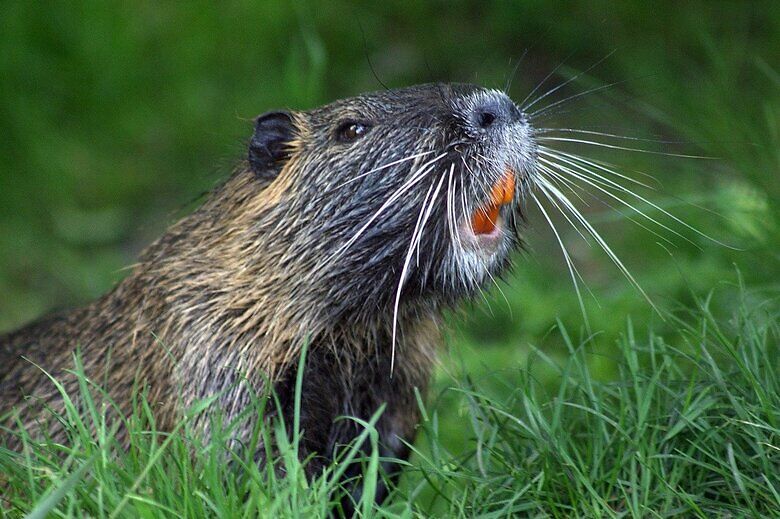Different Ways to Get Rid of Beavers
Beavers cause a lot of damage to man, other animals, and the environment, they are also a public health risk and should be removed from yards and water bodies that supply water to man. To do this, you have to get a better understanding of their habits and become familiar with the telltale signs of a beaver presence in your environment or yard.

Signs of a beaver presence in your yard or environment include beaver dams, presence of slides or pathways, beaver lodges or burrows, flooding, collapsed bank dens, and chopped or girdled deciduous trees. You must understand these signs and know the sites and areas that they frequent in order to get rid of them.
Beavers are very intelligent animals and can build a confusing maze of tunnels to link their many lodges, they are nocturnal animals and only come out of their burrows to feed at night and they attack when they feel threatened. These characteristics make it extremely difficult to trap or eliminate a beaver, so you need some level of expertise and patience to do so.
Live Traps
This is the most humane way of trapping beavers without causing them harm.
- Special beaver live traps are sold in stores. You must ensure that you get a large-sized cage, because most beavers are large. You should also learn how to use the cage properly before attempting to capture the beaver to prevent accidents.
- Beavers are nocturnal, so you should set your trap at night or late in the evening when they come to look for food.
- The trap cage should be camouflaged with leaves and branches of their favorite trees such as alder, willow, or poplar. Any of these will bait them into entering the cage that will automatically shut them in.
- Disengage an empty trap in the morning to avoid capturing the wrong animal species, as beavers do not come out during the daytime. You can reset the trap in the evening.
When you have successfully captured the beaver, you can call the local wildlife services to come and pick it up. They know how to release it back to the wild where it will cause less damage and have enough food and water for survival. Or, you can choose to handle its relocation yourself.
- If you choose to relocate the animal, you should be aware of the animal and wildlife protection laws guiding your locality.
- You must relocate the beaver to an area where it does not cause harm to other people, property, or structures and will have enough food and water to survive in the wild.
Fencing
To prevent beavers from entering into your yard, you should fence the yard.
- Fence the yard with strong wire mesh or electric fencing.
- Your fence should be at least 3-4 feet tall.
- You can also choose to fence individual trees with wire mesh. This is costly, but its long-term benefit is that the trees can grow within the mesh and their roots are protected from the beavers’ sharp teeth.
Prevention
When you have gotten rid of the beavers in the area, make sure that you adjust the environment that they have created for themselves to make it less habitable for them and prevent them from returning.
You can do this by:
- destroying the dams they have created
- lowering the water level
- dismantling their lodges
- replacing their favorite tree choices like willows, castor, alder, and poplar with those trees that beavers are not very fond of. Without the promise of food, they will likely stay away.
You should also know that beavers are very intelligent creatures and so modifying their environment alone may not keep them away for long.
Drainages
This is another way of modifying the beavers’ environment to make it less habitable for them. The drainage system disallows the beavers from properly controlling the water levels and so this can potentially drive out the beavers that are already residing in the area, but may not stop new beavers from trying to take over the territory.
A downside to this is that installing drainage systems is cost-intensive and you will need to employ a hydraulic engineer to help with the installation.
Repellents
A variety of repellents are sold in stores and shops with the promise of keeping beavers away from the yard or trees on which the repellents are used. Unfortunately, the use of repellents is not a good option.
- Their scent wears off after a while, and you will need to continuously re-apply them.
- The beavers can return after getting immune to the smell, and you will have wasted money on the purchase of the repellents.
You should note that beavers will attack you if they feel threatened, so you should never approach a beaver that is not in a trap cage. It would be best if you call your local wildlife control agency to handle a beaver infestation.
